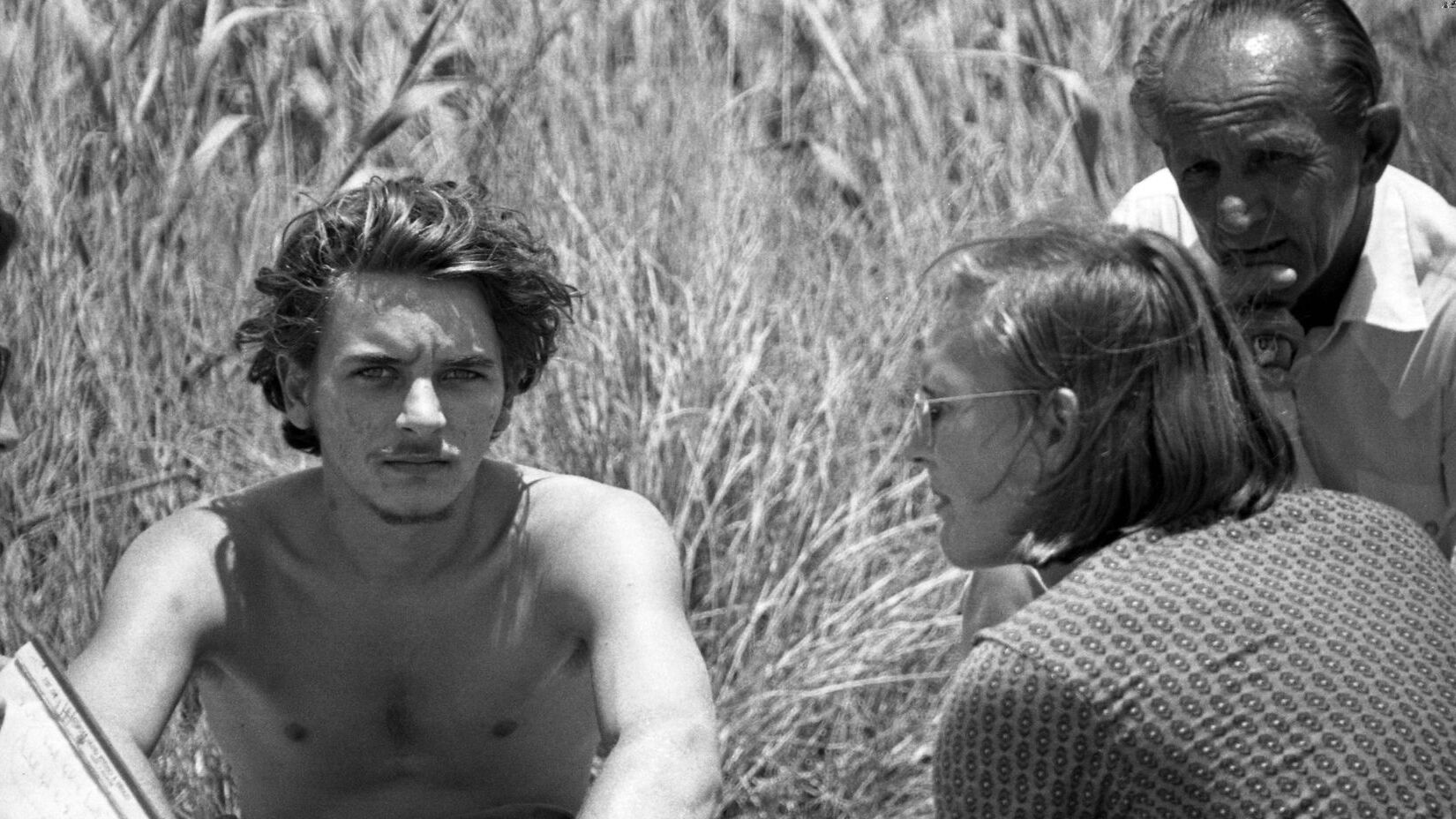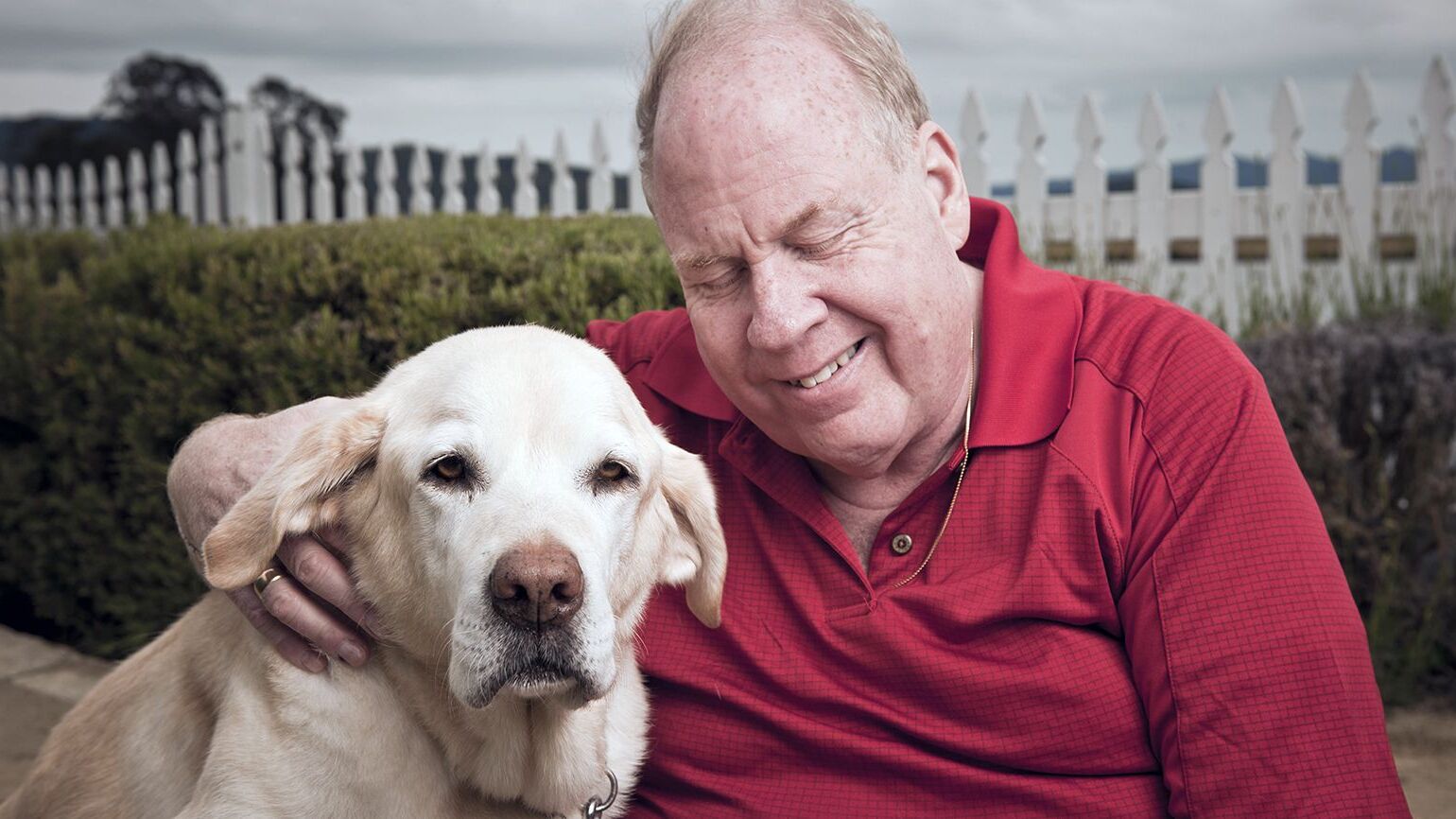
Who was Dean Corll? Known as the "Candy Man," Dean Corll was an American serial killer who terrorized Houston, Texas, in the early 1970s. His crimes were particularly gruesome, involving the abduction, torture, and murder of at least 28 young boys. Corll's heinous acts were aided by two teenage accomplices, David Brooks and Elmer Wayne Henley. The trio lured victims with promises of parties, money, or rides. Corll's nickname came from his family's candy factory, where he often handed out free sweets to local children. His reign of terror ended in 1973 when Henley fatally shot him, revealing the horrifying extent of his crimes. This post delves into 35 chilling facts about Dean Corll and his dark legacy.
Key Takeaways:
- Dean Corll, "The Candy Man," was a notorious serial killer in Houston. He lured young boys with promises of parties, drugs, and money, leaving a lasting impact on the community.
- Corll's accomplices, David Brooks and Elmer Wayne Henley, played significant roles in his crimes. The case inspired books, documentaries, and true crime shows, keeping the victims' stories alive.
Dean Corll: The Candy Man
Dean Corll, also known as "The Candy Man," was an American serial killer who terrorized Houston, Texas, in the early 1970s. His gruesome crimes shocked the nation and left a lasting impact on the community. Here are some chilling facts about Dean Corll.
-
Dean Corll was born on December 24, 1939, in Fort Wayne, Indiana.
-
He earned the nickname "The Candy Man" because his family owned a candy factory, and he often gave free candy to local children.
-
Corll served in the U.S. Army from 1964 to 1965 but was honorably discharged after just ten months due to hardship reasons.
-
He moved to Houston, Texas, where he began working at his family's candy factory, Pecan Prince.
The Murders Begin
Corll's killing spree started in the early 1970s, and his methods were both brutal and calculated. He lured young boys with promises of parties, drugs, and money.
-
Dean Corll's first known victim was Jeffrey Konen, who disappeared on September 25, 1970.
-
Corll's accomplices, David Brooks and Elmer Wayne Henley, helped him lure and abduct his victims.
-
Corll would often torture his victims before killing them, using a variety of methods including strangulation and shooting.
-
He buried many of his victims in a rented boat shed in Houston.
The Accomplices
David Brooks and Elmer Wayne Henley played significant roles in Corll's crimes, helping him find and abduct victims.
-
David Brooks met Corll when he was just 12 years old and soon became his accomplice.
-
Elmer Wayne Henley joined Corll and Brooks in 1971, initially believing they were involved in a human trafficking ring.
-
Henley later admitted to participating in the murders and even brought some of his friends to Corll, not knowing their fate.
-
Both Brooks and Henley received financial rewards from Corll for their assistance.
The Horrific Discovery
The true extent of Corll's crimes came to light after a shocking turn of events in 1973.
-
On August 8, 1973, Elmer Wayne Henley shot and killed Dean Corll in self-defense during a confrontation.
-
After Corll's death, Henley led police to the burial sites, revealing the bodies of 28 victims.
-
The discovery of the bodies made headlines nationwide, and Corll's crimes were dubbed the "Houston Mass Murders."
-
The case remains one of the worst serial killing sprees in American history.
The Victims
Corll's victims were primarily teenage boys, many of whom were runaways or from troubled backgrounds.
-
The youngest known victim was 13-year-old James Glass.
-
Most of the victims were between the ages of 13 and 20.
-
Many of the boys were abducted from Houston Heights, a neighborhood in Houston.
-
Some victims were friends or acquaintances of Corll's accomplices, Brooks and Henley.
The Aftermath
The aftermath of Corll's crimes left a lasting impact on the victims' families and the Houston community.
-
David Brooks was sentenced to life in prison for his role in the murders.
-
Elmer Wayne Henley received six life sentences for his participation in the crimes.
-
The boat shed where many of the bodies were found was eventually demolished.
-
Corll's crimes led to increased awareness and changes in how missing children cases were handled.
The Legacy
Dean Corll's horrific actions have been the subject of numerous books, documentaries, and true crime shows.
-
The case inspired the book "The Man with the Candy" by Jack Olsen.
-
Several documentaries have been made about Corll, including "The Candy Man" and "The Houston Mass Murders."
-
True crime podcasts have also covered Corll's story, bringing it to a new generation of listeners.
-
The case remains a topic of discussion among true crime enthusiasts and criminologists.
Unanswered Questions
Despite the extensive investigation, some questions about Corll's crimes remain unanswered.
-
The exact number of Corll's victims is still unknown, as some bodies may never have been found.
-
It's unclear if Corll had other accomplices who were never identified.
-
Some believe Corll may have been involved in other unsolved murders in the Houston area.
-
The psychological motivations behind Corll's actions are still debated by experts.
Remembering the Victims
The victims of Dean Corll's crimes should not be forgotten, and their stories continue to be told.
-
Memorials have been established in Houston to honor the victims.
-
Families of the victims have worked to keep their loved ones' memories alive.
-
The case serves as a reminder of the importance of vigilance and community awareness in preventing such tragedies.
Final Thoughts on Dean Corll
Dean Corll's story is chilling. Known as the "Candy Man," he lured young boys with sweets and promises, leading to a spree of horrific crimes. His actions left a dark mark on Houston's history. Corll's accomplices, David Brooks and Elmer Wayne Henley, played significant roles in these gruesome events. Henley's eventual confession brought Corll's reign of terror to an end. This case serves as a grim reminder of the dangers lurking behind seemingly innocent facades. Understanding Corll's methods and the psychological manipulation he used can help in recognizing warning signs in the future. It's crucial to remember the victims and the impact on their families. Their stories should not be forgotten. This dark chapter in true crime history underscores the importance of vigilance and awareness in our communities.
Frequently Asked Questions
Was this page helpful?
Our commitment to delivering trustworthy and engaging content is at the heart of what we do. Each fact on our site is contributed by real users like you, bringing a wealth of diverse insights and information. To ensure the highest standards of accuracy and reliability, our dedicated editors meticulously review each submission. This process guarantees that the facts we share are not only fascinating but also credible. Trust in our commitment to quality and authenticity as you explore and learn with us.


